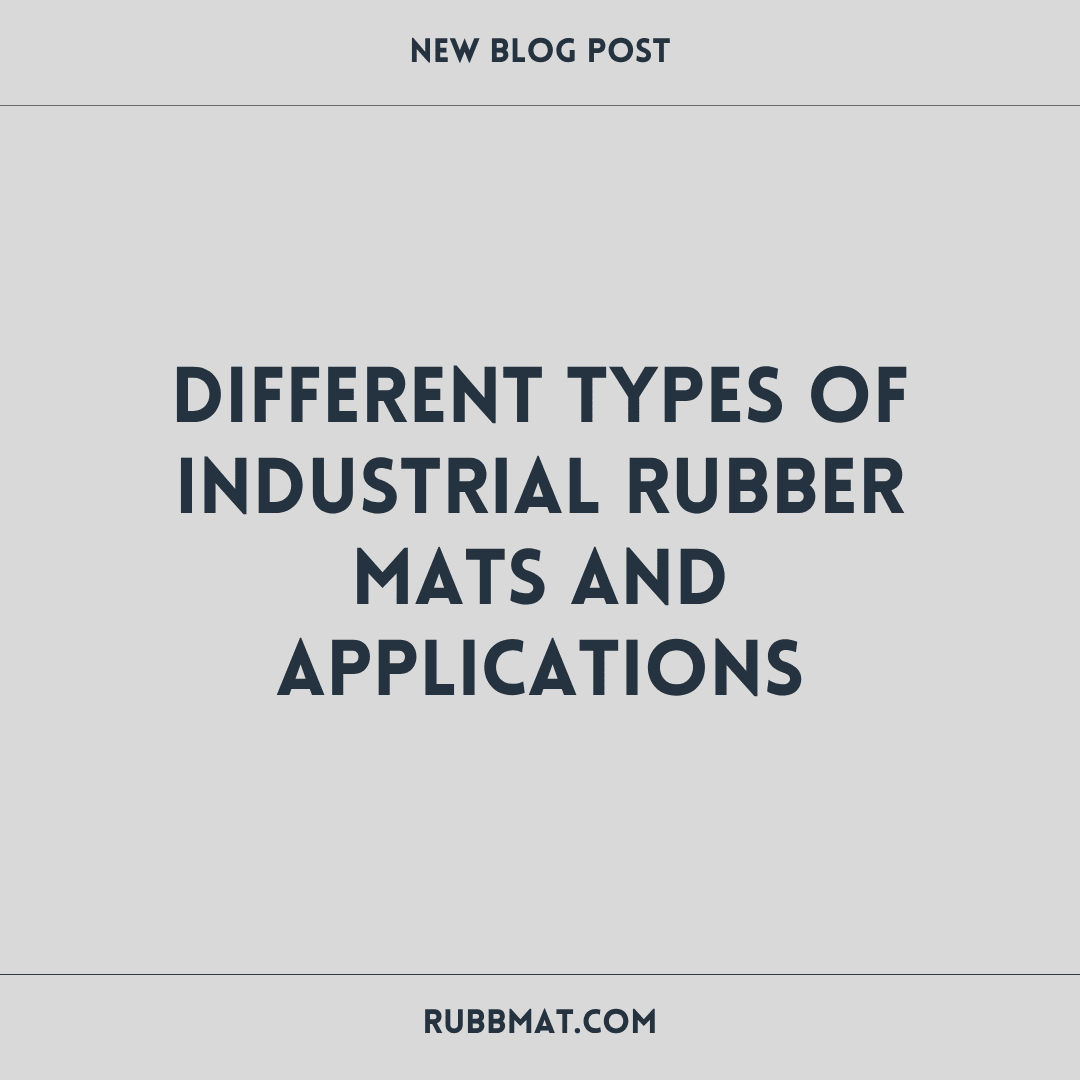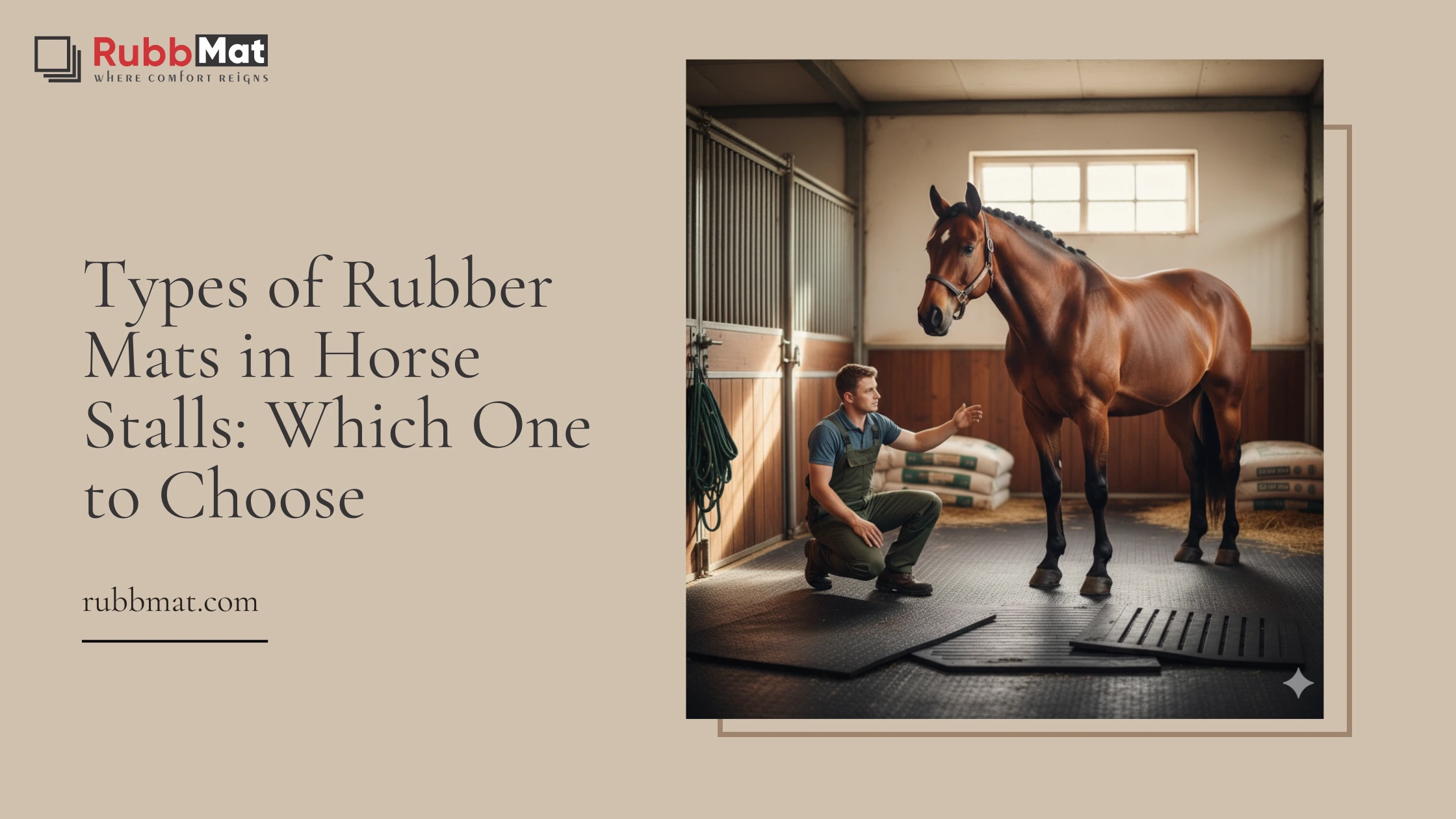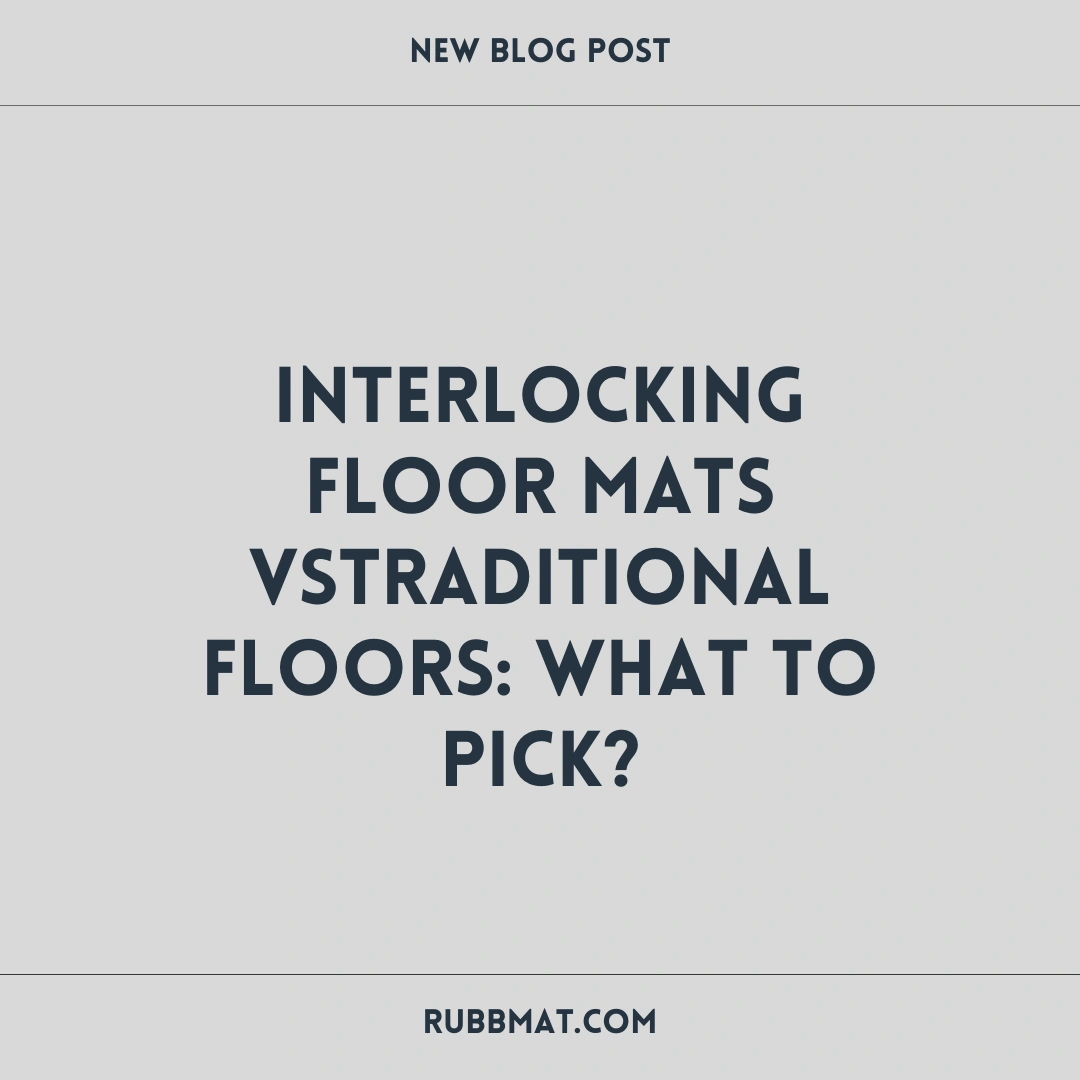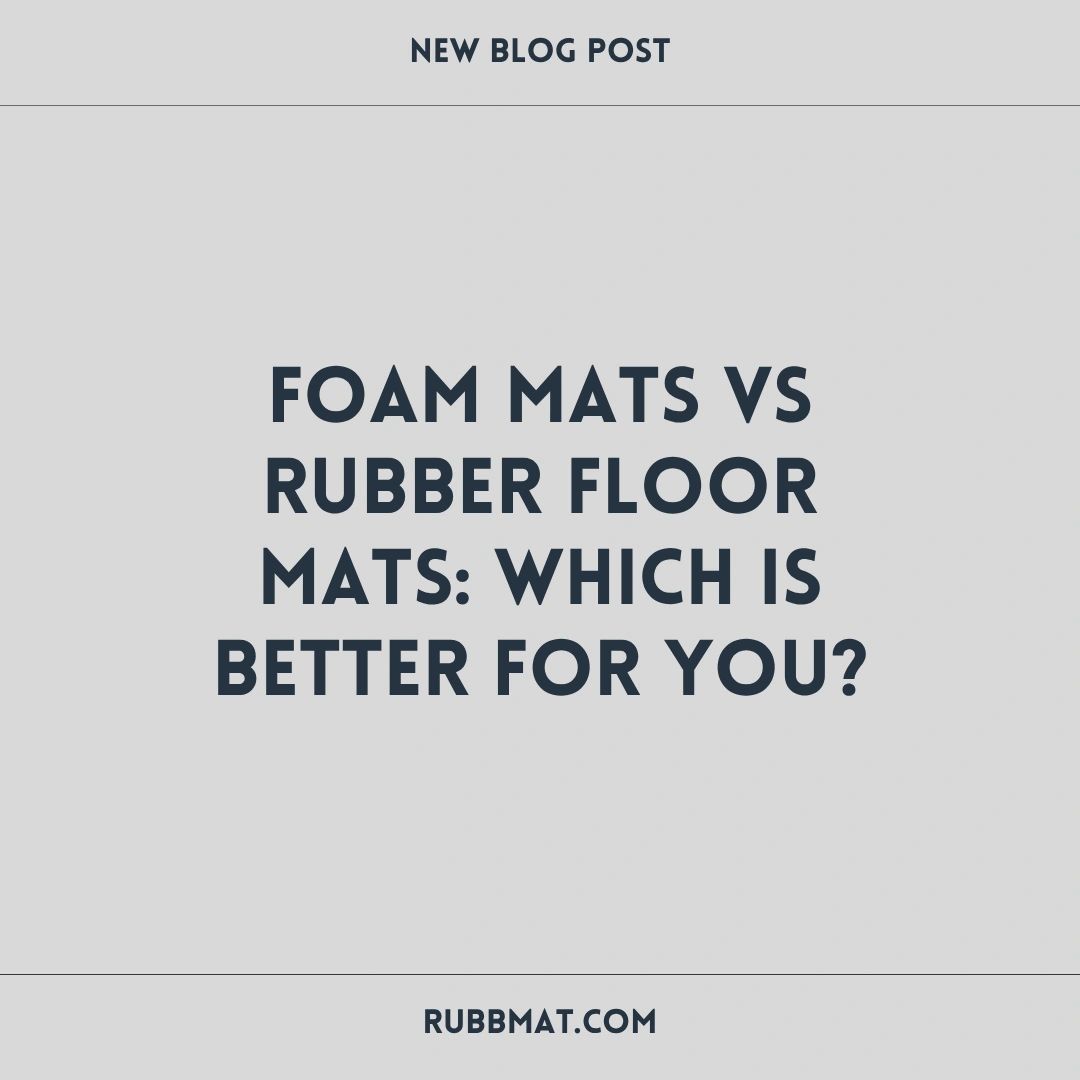
To have the best exercise area possible, you begin at the feet. No matter whether it is your home gym, yoga studio, or children's play space, the type of floor is crucial to your performance, comfort, and safety. Foam mats and rubber floor mats are two of the most popular choices, but which one is best suitable to you?
In this blog, we are going to look at the main differences between foam mats and rubber gym floor mats to assist you in making a good choice considering your requirements.
What Are Foam Mats?
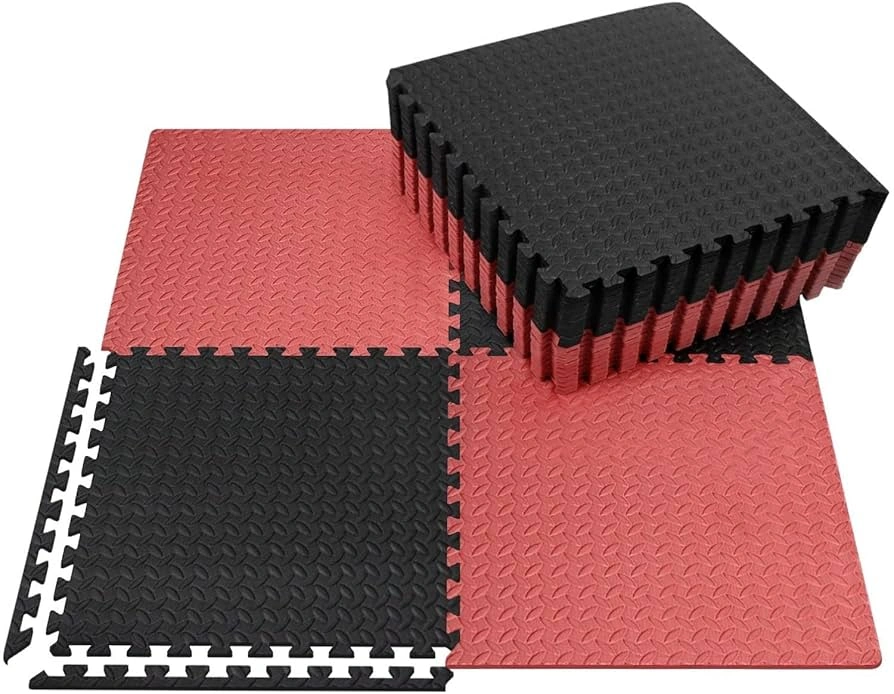
Foam floor mats are lightweight, easy to carry, and they are soft. These mats, which normally are manufactured out of EVA (ethylene vinyl acetate) or polyethylene foam, are characterized by being cushioned and take a short time to set up. Locking foam mats or those with interlocking foam mats are the usual options in temporary installments and residential use.
Foam mats are comfortable to stand on, making them suitable in low compression activities like yoga, stretching or as children playgrounds. But, these are not perhaps the right selection where heavy-duty gym settings are involved.
What Are Rubber Floor Mats?
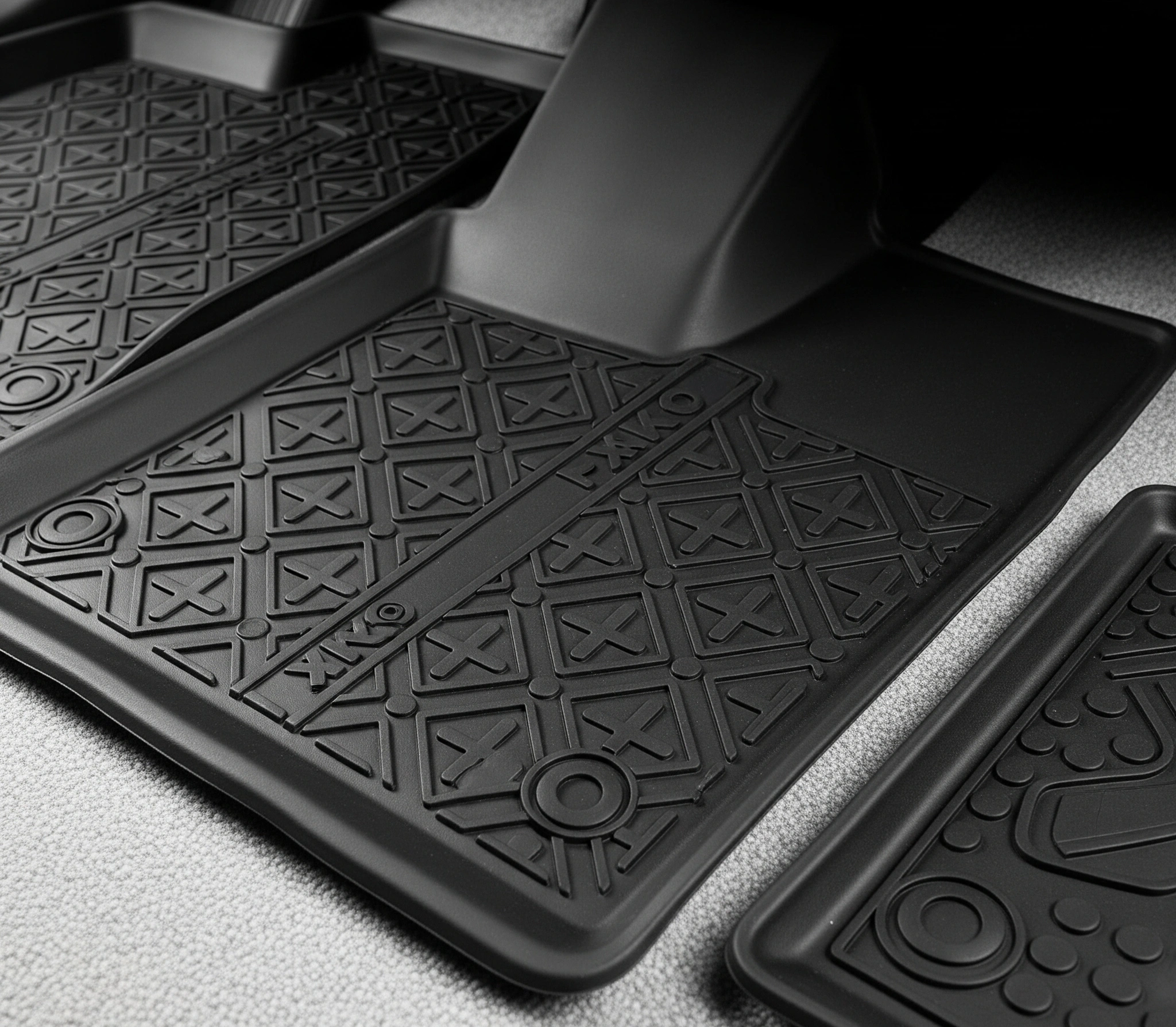
Rubber floor mats are of dense sustainable products such as natural or recycled rubber. These mats are bulkier, hardier, and designed to absorb high impact exercises. These rubber gym mats are found in commercial and garage gyms due to their higher weight-dropping and heavy use protection.
Rubber is also characterized as slip resistance, shock absorbing, long lasting under pressure, thus considered the epitome of weightlifting regions and cardio areas.
Pros and Cons of Foam Mats

Key Advantages of Foam Mats:
-
Light and Portable Set up: It is easy to move, place, or store them, to put them up, either as a temporary set up or in small spaces.
-
Easy installation: They are mostly installable as interlocking foam mats or locking foam mats, which are designed to stick together without any tools needed.
-
Plush Surface: The soft surface makes it comfortable to do yoga, pilates or use it as foam gym mats used in body weight routines.
-
Bright Colors and Amusing Motifs: These are widely used in children playrooms and designer spaces.
Key Disadvantages of Foam Mats:
-
Lower Durability: Foam mats can compress, puncture, or tear when used under heavy gym equipment or for high-impact cardio.
-
Moisture Sensitivity: Not the best option for damp or wet areas, as foam may absorb water and break down over time.
Pros and Cons of Rubber Floor Mats

Key Advantages of Rubber Floor Mats:
-
Extreme Durability: Stand up to intense workouts, dropped weights, and years of use. Rubber gym flooring and rubber gym mats protect both users and subflooring.
-
Slip and Water Resistance: Retain grip even when wet, making them suitable for gyms, garage floors, and mudrooms.
-
Noise Reduction: Dampen the sound of foot traffic and dropped weights.
-
Low Maintenance: Easy to sweep, mop, and disinfect.
Key Disadvantages of Rubber Floor Mats:
-
Heavier and Harder to Install: Installation may require more effort; mats often stay put but are less portable than foam floor mats.
-
Higher Upfront Cost: Initial investment is steeper, but durability justifies the price over the long run.
-
Potential Odor: Some new rubber mats may have a “rubber smell” for the first few days after installation.
Foam Mats vs Rubber Floor Mats: What’s the Difference?
| Feature | Foam Mats | Rubber Floor Mats |
| Comfort | Softer, more cushion | Firm with better impact protection |
| Durability | Suited for light use | Built for heavy use |
| Moisture Resistance | May absorb sweat over time | Highly resistant to moisture |
| Slip Resistance | Moderate | Excellent |
| Cost | Budget-friendly | Higher upfront cost |
| Installation | Easy DIY interlocking | Heavier and may need adhesive |
When Should You Use Foam Mats?
Foam gym mats are perfect for:
-
Yoga, Pilates, and stretching routines
-
Kids' play areas or nurseries
-
Light workouts with no heavy equipment
-
Temporary gym setups or rented spaces
-
Areas where comfort is more important than durability
Interlocking foam mats are especially convenient for DIY installations and can be easily rearranged or replaced when needed.
When Should You Use Rubber Gym Flooring?
Rubber gym flooring is ideal for:
-
Home or commercial gyms with heavy weights
-
Cross Fit or training zones
-
Garage gyms where durability is a must
-
Spaces that need long-term flooring with minimal maintenance
-
High-traffic areas that need slip-resistant surfaces
Conclusion
Rubber gym floor mats come in rolls, tiles, and interlocking formats, giving flexibility for both temporary and permanent installations.
When it comes to choosing between foam mats and rubber floor mats, the best option depends entirely on your needs, space, and workout intensity. Foam mats offer comfort, affordability, and easy installation, perfect for yoga, stretching, kids’ play areas, and light home workouts. On the other hand, rubber gym mats deliver unmatched durability, support, and protection for high-impact training, weightlifting, and long-term gym setups.
If you're building a home gym or setting up a fitness space, take a moment to assess how much impact your flooring will endure. For casual and flexible use, interlocking foam mats may be all you need. But for serious performance and protection, rubber gym flooring is the smarter long-term investment.
FAQs: People Also Ask
Which is better for a home gym: foam or rubber?
It depends on your workout type. For yoga or bodyweight exercises, foam mats are sufficient. For weight training or high-impact workouts, rubber gym mats are more durable and safe.
Are foam gym mats good for weight training?
No. Foam lacks the density to support heavy weights and can compress or get damaged over time. Rubber gym floor mats are better for heavy-duty use.
Can I use interlocking foam mats in a garage gym?
You can, but only if you’re doing light exercises. For garage gyms with equipment or weights, rubber floor mats are highly recommended.
How long do rubber gym mats last?
High-quality rubber gym mats can last 10+ years with proper maintenance, making them a long-term investment.
